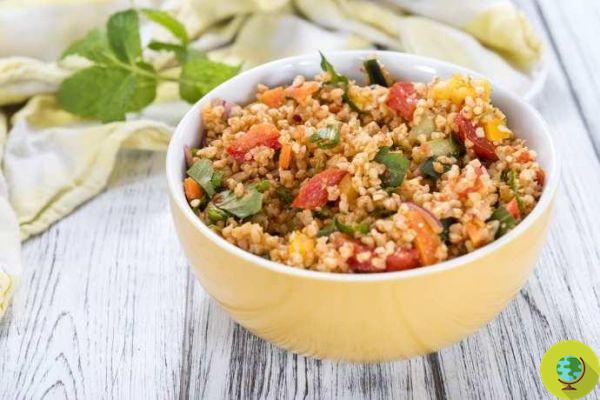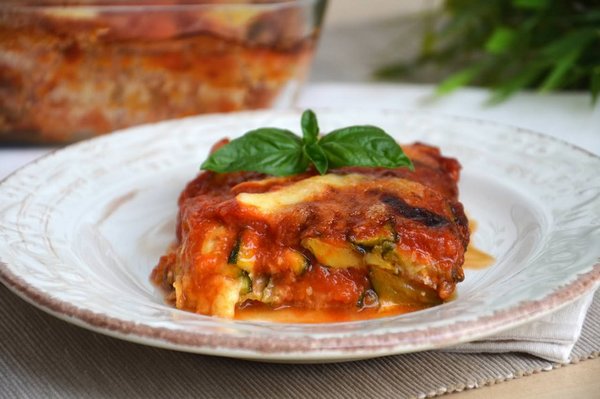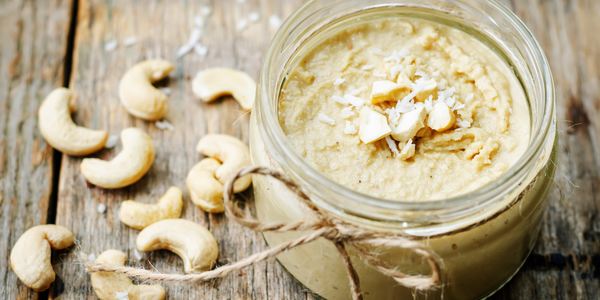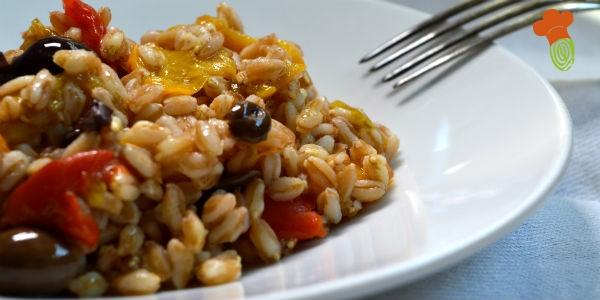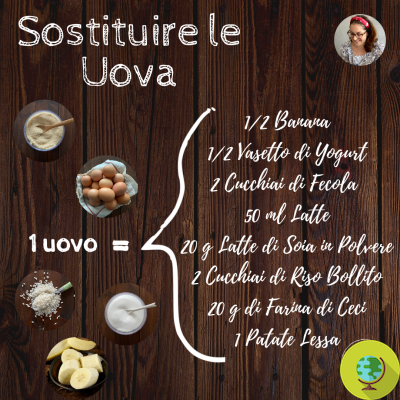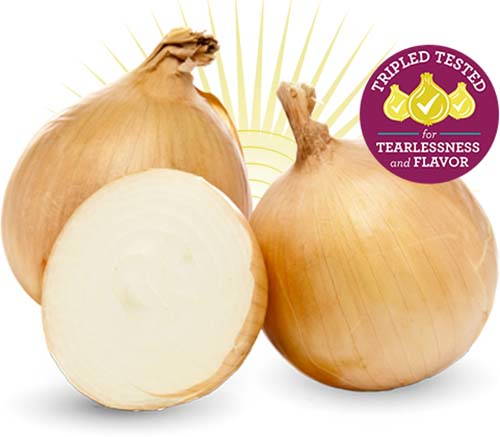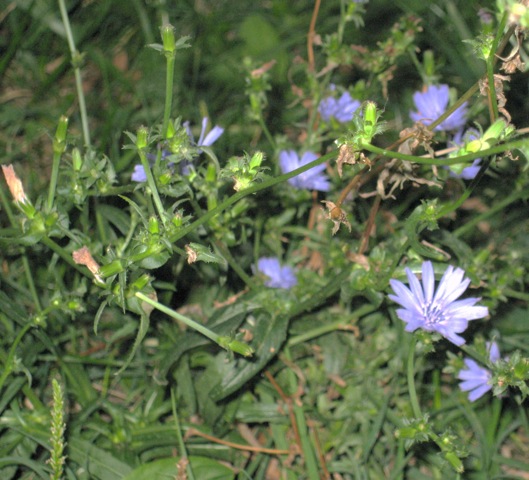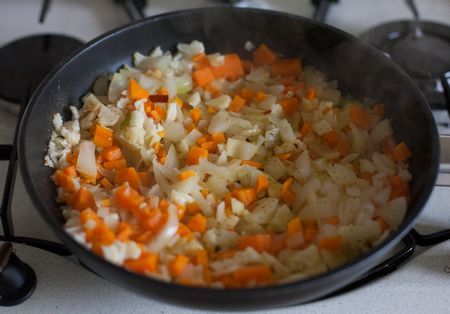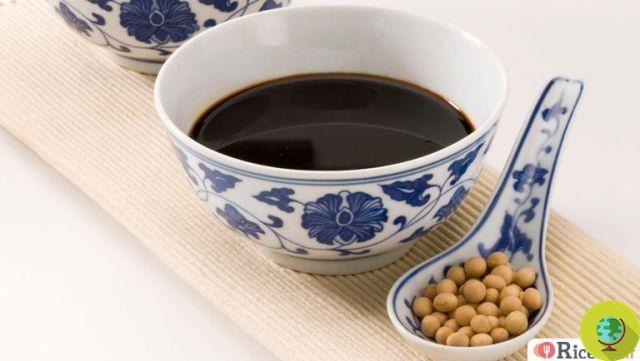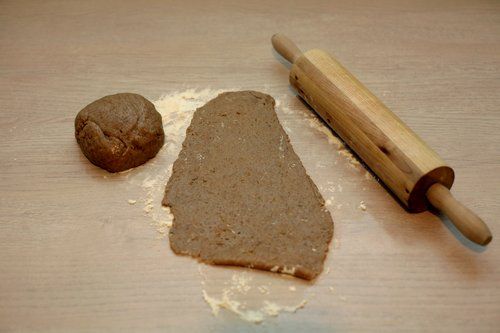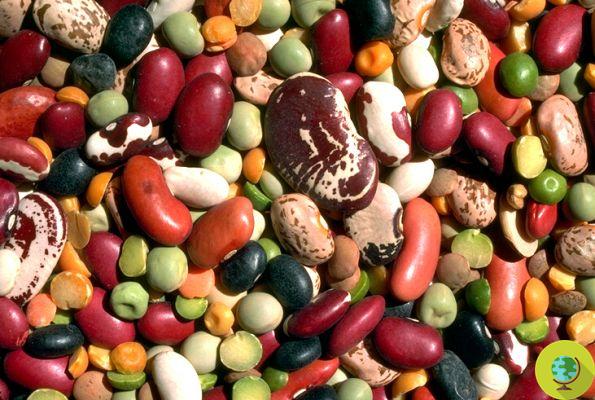
Legumes. Tips for digesting legumes. Is there a solution to better digest legumes? First of all it is necessary to proceed with a correct soaking and to resort to some tricks during cooking and seasoning, which involve the use of aromatic herbs, spices or algae that will hinder fermentations and the formation of intestinal gas, or will favor its elimination to reduce swelling.
Don't store avocado like this: it's dangerous
There is a solution for digest better i vegetable? First of all it is necessary to proceed with a correct soaking and to resort to some tricks during cooking and seasoning, which involve the use of herbs, spices or algae that will hinder the fermentations and the formation of intestinal gas, or they will promote its elimination to reduce swelling.
The main advice, however, remains that of increase gradually your own consumption of legumes, a truly beneficial food for our body, rich in calcium, iron and plant-based proteins. By consuming legumes more often, our body will get used to digesting them and in a short time you will have solved the swelling problem.
Index
Herbs and Spices
The use of Herbs e spices, is preferably used for cooking and for the seasoning of legumes allows to facilitate digestion. The herbs and spices recommended for promote digestion of legumes are in fact suitable to avoid the excessive formation of gas, or to favor its elimination, when it is caused by annoying intestinal fermentations.
Ginger
Lo ginger è precious to relieve numerous digestive disorders, including nausea and vomiting. It is also useful for reducing bloating and flatulence and helps make legumes more digestible. You can add a small piece of fresh ginger to the legumes during cooking, or use the ginger powder as a condiment. You can also prepare a ginger herbal tea to drink after meals.
Laurel
Legumes are a precious food. It is a shame not to consume them only for fear of intestinal bloating. To solve the problem from the start, add to thecooking water of the legumes a few leaves of laurel. Laurel has carminative properties, which counteract the formation of gas in the abdominal area and which help its elimination. Similarly, you can use a piece of kombu seaweed. Both hinder unwanted fermentations and prevent the problem of swelling.
Oregano
THEOrigan it is a truly perfect condiment for any type of legume, both fresh and minced, and dried. In fact, not only oregano it gives flavor to legumes, but prevents fermentation and gas formation in the belly. Use it without problems as a condiment for both your legume side dishes, first courses that contain them or soups. You can also add a little oregano to the legume cooking water.
Mint
La mint helps reduce swelling and digestive disorders which can appear after consuming legumes. It helps to relax the abdominal muscles and to limit the formation of intestinal gas. You can use chopped mint, fresh or dried, to season your legumes, or to prepare a digestive herbal tea.
Basil
Like mint, also the basil it helps to reduce swelling and alleviate digestive disorders. You can use both fresh and dry basil when cooking legumes, or for their dressing. You can also chew one or two fresh basil leaves after meals, to facilitate digestion.
Other useful herbs and spices to make legumes more digestible, which you can use both during cooking and for seasoning are the cumin, coriander, chives, the thyme, rosemary, cardamom, turmeric, ishemi of fennel and dill.
Useful Tips
Cooking water
To the cooking water of the legumes you can add - in addition to one or more of the herbs and spices of your choice among those indicated above - carrot, of celery or seaweed. Usually it is recommended to use a small piece of kombu seaweed. Taken together, algae, herbs, vegetables and spices not only flavor the legumes, but make them more digestible. Always cook the legumes over low heat, stir occasionally with a wooden spoon and cover the pot only partially with the lid.
Soak water
Soaking is essential and must take place before cooking the dried legumes, so that they can release into the water all those substances that could be harmful or otherwise difficult for our body to digest. Extend thesoaking the legumes for 8-12 hourstrying to replace the water at least once. Do not use the soaking water of legumes for their cooking. You can collect it in a bowl while you drain the legumes and use it to water the garden. Not all dried legumes need soaking. Soaking is usually not needed for hulled lentils and mignon ones (always check the preparation instructions on the package carefully). For fresh legumes, soaking is not necessary. L'soaking water must be equal to triple the volume of the selected dried legumes.
Baking soda
One of the grandmother's remedies per facilitate cooking of legumes consists in adding a pinch of bicarbonate to the pot. In this way the legumes should soften more quickly, without falling apart. The advice is especially true for dried legumes that have been in the pantry for a long time and which may need to be cooked longer than expected.
Activated carbon
Those who do not consume legumes often could find themselves suddenly facing the problem of bloating. One of the most popular herbal remedies to solve the problem is to take activated vegetable carbon, suitable for promoting the elimination of intestinal gas and recommended to deflate the belly. Ask your trusted herbalist for more information on this.
Canned legumes
Sometimes it can happen to consume gods canned legumes. It is not possible to know precisely with which methods they were subjected to cooking and which substances are actually present in their preservation liquid. Before consuming canned legumes, let's rinse them very well under tap water. During their cooking and preparation, season them abundantly with spices such as oregano, thyme and rosemary.
Sprouts
Some legumes, such as lentils, azuki beans, chickpeas and mung beans, are particularly suitable for the preparation of fresh sprouts. Sprouting helps to make legumes more digestible and must always be preceded by a long soak. Before enjoying your sprouted legumes, you will need to remove their outer coating.
Read also: How to grow sprouts in a jar
Cereals
Consume legumes accompanied by whole grains contributes to improve their digestibility and the supply of proteins necessary for the proper functioning of our body. You can accompany legumes with cereals such as barley, brown rice, spelled or wheat. It is also excellent pairing with the Quinoa.
Prebiotics
Some foods, defined as prebiotics, I am considered a good helper for digest legumes better. These are mainly complex carbohydrates which include foods such as potatoes e Whole grains. Their consumption allows to promote the development of a good intestinal flora, capable of promoting the digestion of legumes and all other foods.
Sale
Never add del sale at the beginning or during the cooking of legumes. The salt will make their cooking longer, since it will harden the outer shell of your legumes. So you should never cook legumes in salted water. You will flavor them with herbs and spices and you can salt their water, if you want, only a few minutes before the end of cooking.
Tisane digestive
If you have eaten legumes and now find yourself facing problems with swelling and pain in the stomach or intestines, it may be useful to take a digestive herbal tea, which calms your digestive system and helps you eliminate bloating. Among the recommended remedies we find the classic chamomile, herbal tea with fennel seeds, ginger tea and anise tea.
Also Read: Swollen Belly: 10 Natural Remedies For Abdominal Bloating
Marta Albè
Read also:
The 5 healthiest legumes on the planet
Dried legumes: how to use them in the kitchen and beyond
Keep legumes natural
Legumes: meat of the poor or of health?






